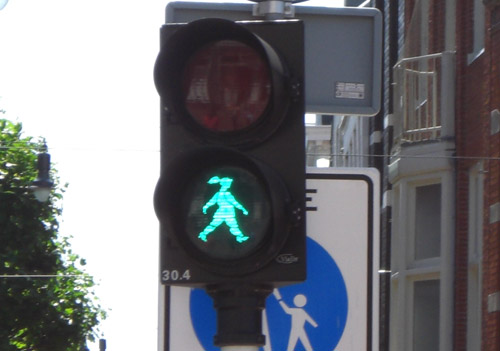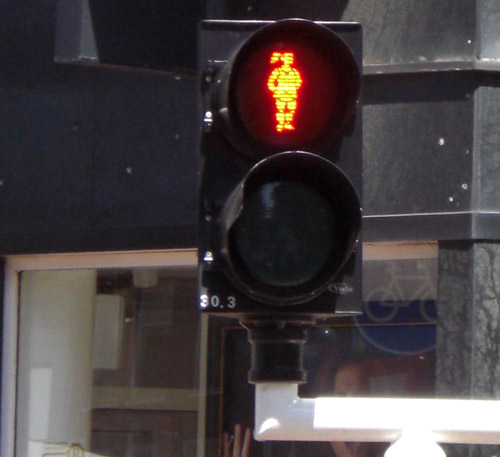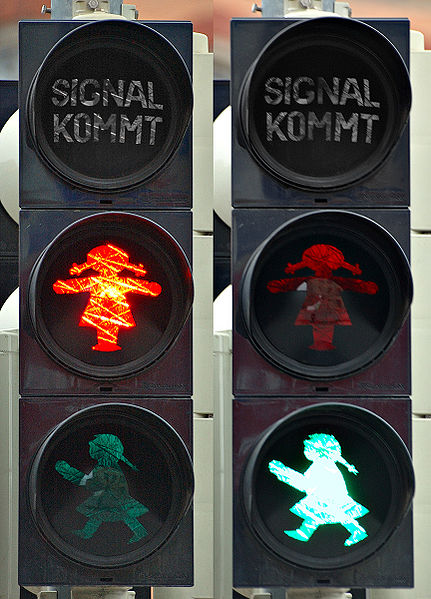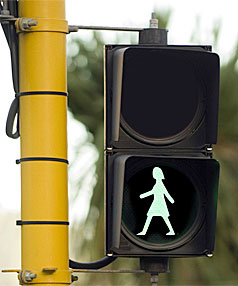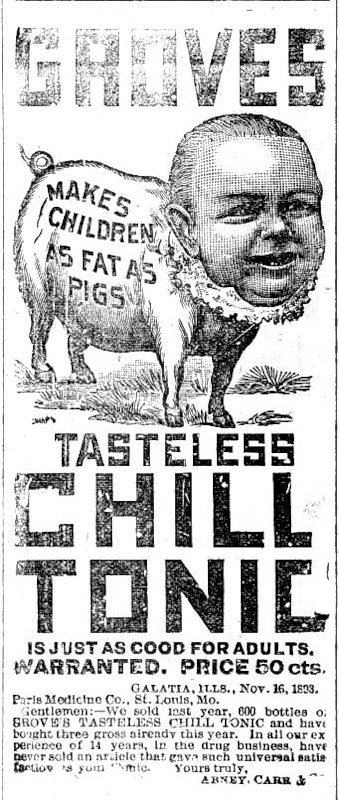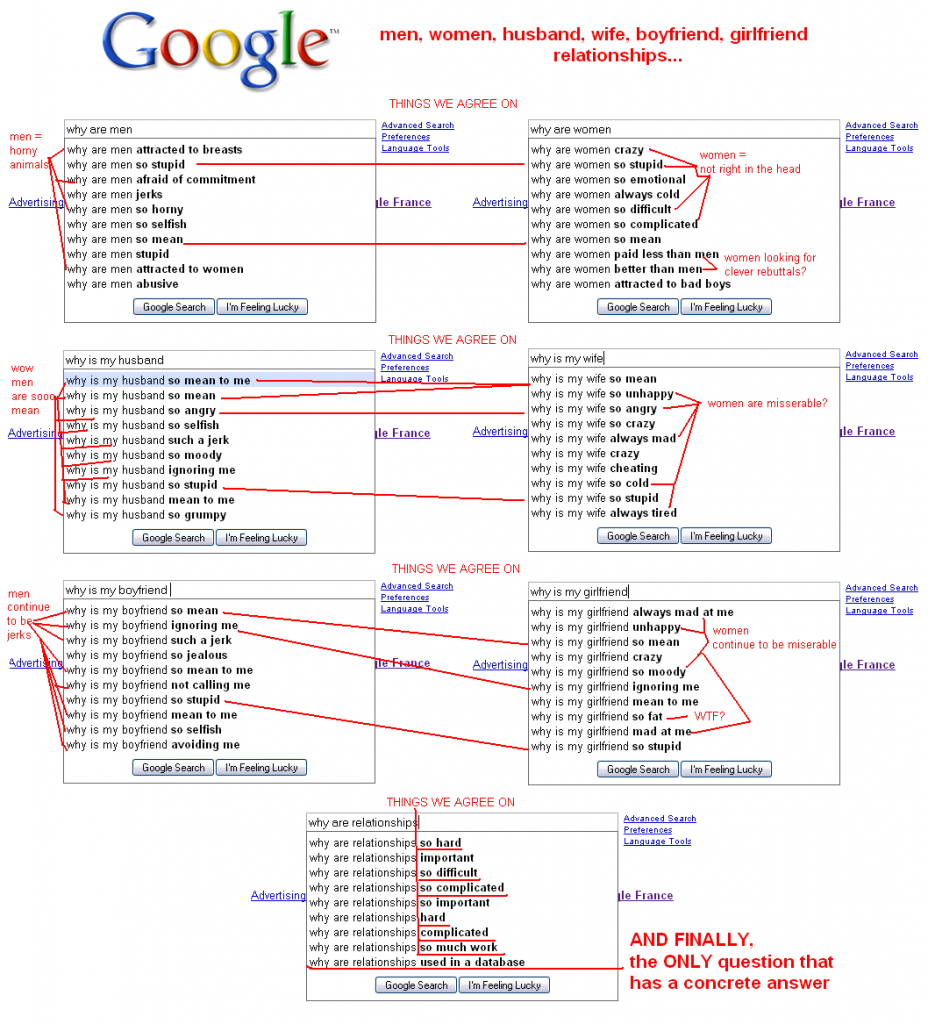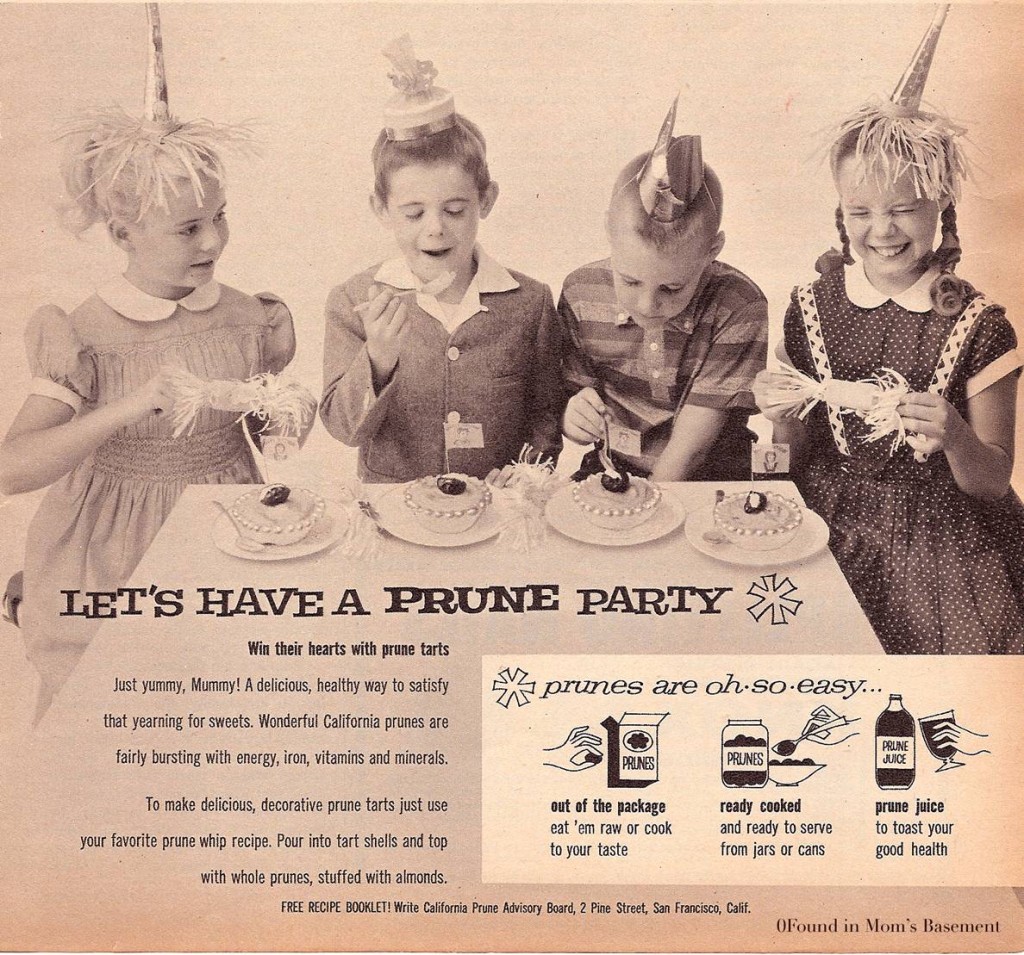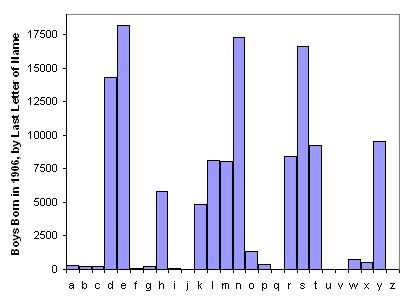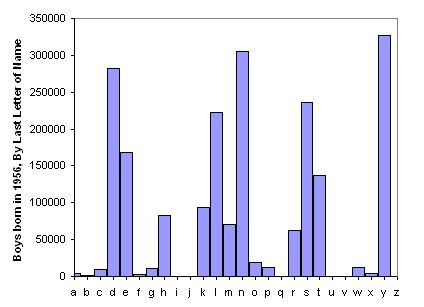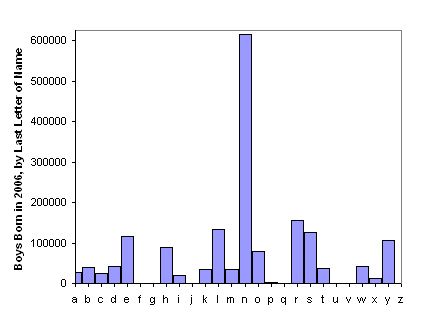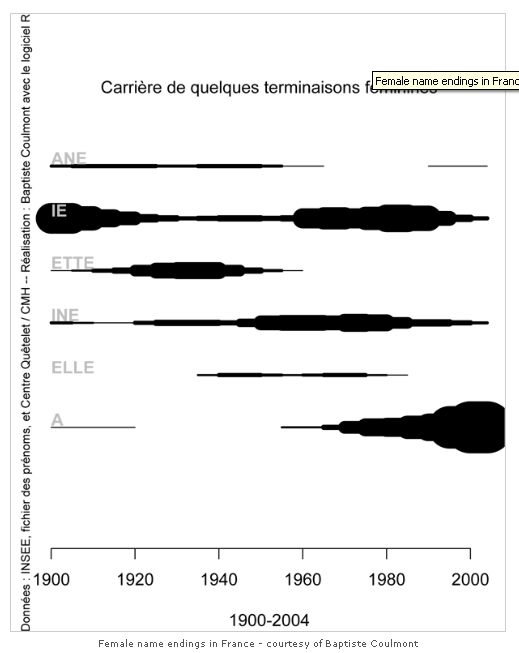This vintage ad for 7-Up is a great illustration of how our ideas about what sounds tasty is culturally and historically contingent.
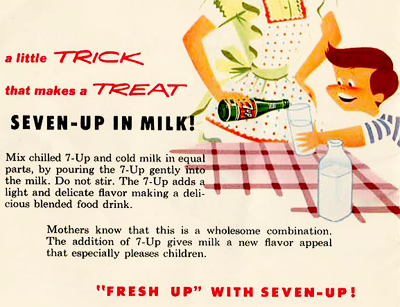
For other great examples, see these posts on soup for breakfast, spam, poop coffee, the rise and fall of aspic, and prunes (they’re for kids!).
From Found in Mom’s Basement.
—————————
Lisa Wade is a professor of sociology at Occidental College. You can follow her on Twitter and Facebook.

